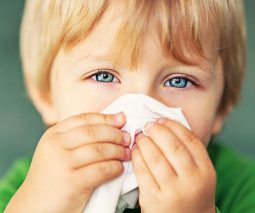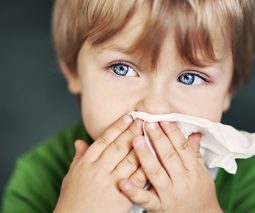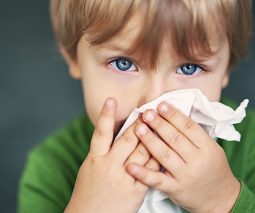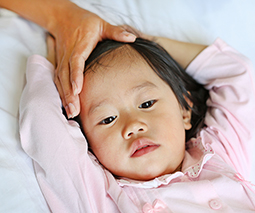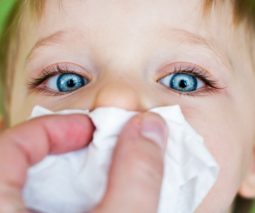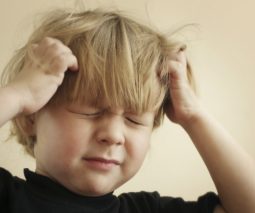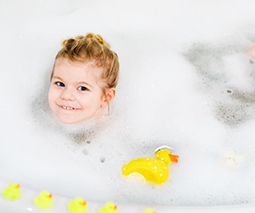My child is a noisy breather – what could it mean?
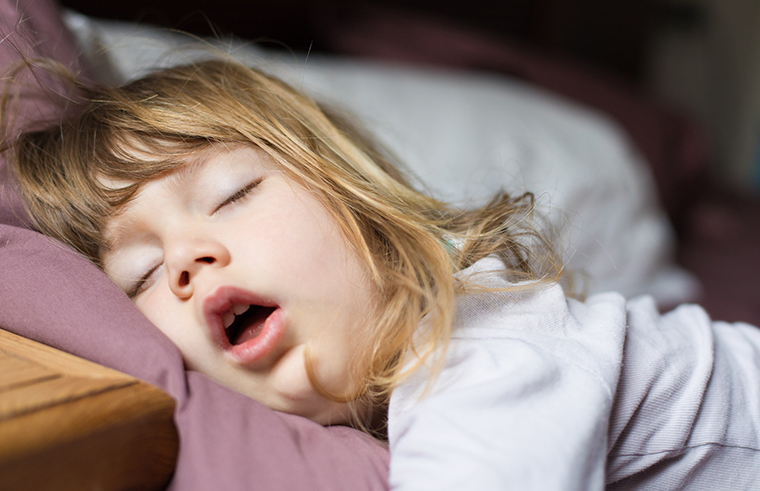
Babies and little children are loud and noisy; it’s a fact. While this is completely normal, when it comes to breathing, noisy can be disconcerting and sometimes a sign of something more serious going on.
Different types of noisy breathing
When you’re a parent (especially a new one!) it’s not uncommon to analyse every sound and movement your child does or doesn’t make. Noisy breathing can be a cause for concern, as it generally means there’s a blockage of the air passages somewhere creating abnormal airflow. Essentially there are four different types:
1. Stertor – a low-pitched snuffly noise that sounds like nasal congestion. This can often be accompanied by rattly breathing (a wet sounding noise).
2. Snoring – occurs when the child is in a deep sleep, which is made in the nose or back of the throat.
3. Stridor – an inhalation noise that’s typically high-pitched and caused by a blockage of the upper airways in or just below the voice box.
4. Wheezing – a high-pitched noise that occurs on exhalation caused by a narrowing, spasm or obstruction of the lower airways in the lungs.
Common causes of noisy breathing
Noisy breathing in children can be caused by a number of things – some completely harmless and nothing to panic about, while others are more life threatening. The most common causes include:
- Colds and other respiratory infections – such as the common cold, croup, flu, bronchiolitis, whooping cough and pneumonia
- Asthma – asthma affects one in every nine or ten Australian children and sounds like a wheeze
- Allergies – brought on by dust mites, animal fur, pollen and other substances
- Sleep apnoea – where breathing pauses frequently during sleep for at least 10 seconds each time
- Objects stuck in the windpipe – small items might have been accidentally inhaled into the windpipe
- Gastro-oesophageal reflux – when the contents and acid from the tummy flow backwards and up into the throat and mouth
- Enlarged tonsils or adenoids – often a reason for ongoing snoring in kids
- Genetic diseases – conditions such as cystic fibrosis and cerebral palsy can affect the lungs or ability to breathe
- Heart conditions – can cause fluid to collect in the lungs
- Structural defects – such as a deviated nasal septum where the two nostrils are divided unequally
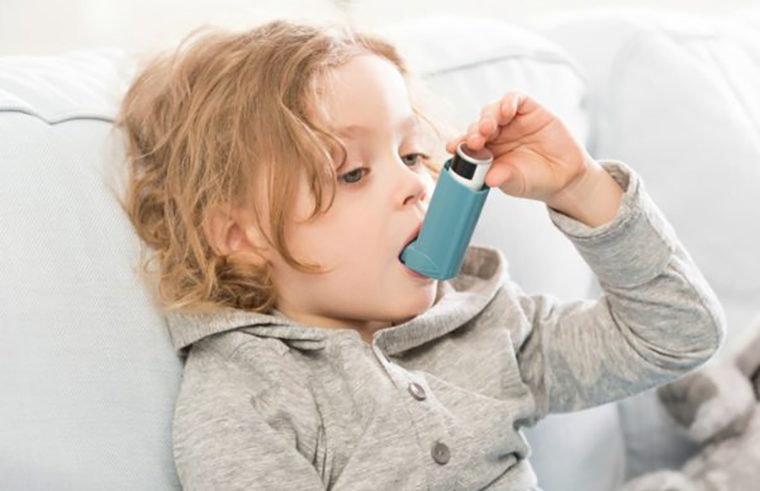
When should you be concerned?
While noisy breathing can occur quite frequently for various reasons and not be a cause for too much worry, it’s never normal for a child to experience breathing difficulties for long periods of time. Indicators that something more serious is to blame than a stuffy nose are:
- An increasing effort to breathe (such as a stridor)
- Weight loss or poor weight gain
- Irritability
- Loss of appetite
- Flaring of the nose
- Pulling in of the skin between or under the ribs or at the collar bone
If you’re concerned about your child’s breathing, it’s best to visit your doctor for a diagnosis and advise them of all the details around the breathing issues, including any family history of asthma or other conditions. A recording of your child’s breathing is also great for assessment (if possible).
When it’s really serious
Other more severe symptoms accompanying noisy breathing in a child include:
- Lips, face or hands turning blue
- Pauses in breathing
- Drooling (not associated with teething)
- Appearing lethargic or tired
- Any other sudden changes in your child’s normal breathing patterns
In the event your child experiences any of the above symptoms, please seek urgent medical attention to be absolutely safe.
